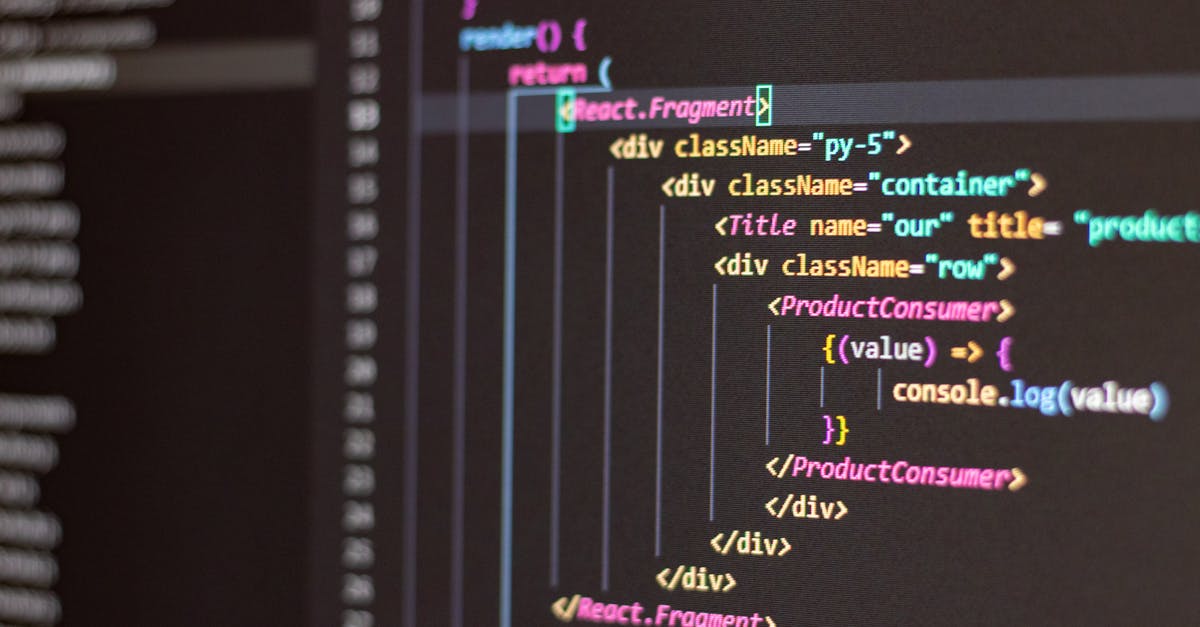Jan 8, 2025
Form vs Function in Website Design

Website design is a fusion of art and functionality, where the battle between form and function often takes center stage. The appearance of a website, its layout, colors, and overall aesthetic appeal speak to its form, while its usability, user experience, and how well it serves its purpose represent its function. Striking a balance between the two is crucial for creating a successful and impactful website.
In the same fashion, a visually stunning website that lacks usability can leave visitors frustrated and ultimately drive them away. On the flip side, a highly functional website that is visually unappealing may fail to engage users and convey the intended message effectively. Understanding the importance of both form and function in website design is key to achieving a harmonious and effective final product.
Not only so, but also, today's digital landscape is incredibly competitive, with countless websites vying for users' attention and engagement. In this environment, having a well-designed website that is both visually appealing and highly functional is essential for standing out from the crowd and making a lasting impression on visitors.
As a matter of fact, web designers must carefully consider the balance between form and function in every aspect of their design process. From choosing color schemes and typography to creating intuitive navigation and seamless user interactions, every decision should contribute to both the visual appeal and usability of the website. By thoughtfully integrating form and function, designers can create websites that not only look great but also provide a superior user experience.
To further elaborate, an essential aspect of successful website design is responsive design. Websites need to function seamlessly across various devices, including desktops, laptops, tablets, and smartphones. Responsiveness ensures that the website's form remains aesthetically pleasing while the function remains intact, regardless of the screen size or device being used. Ignoring this critical element can result in a frustrating user experience and can lead visitors to seek alternatives.
In particular, responsive design plays a crucial role in enhancing user experience by adapting the layout and content of a website to fit different screen sizes. This adaptability not only improves usability and accessibility but also demonstrates a commitment to providing a consistent and user-friendly experience, regardless of how visitors access the site.
Moreover, in reality, the success of a website is not solely determined by its initial launch but by the continuous effort to maintain and improve its performance over time. Regularly analyzing user data, monitoring trends, and seeking feedback are paramount to identifying areas where the website's form and function can be enhanced. This ongoing process of refinement ensures that the website remains relevant, engaging, and effective in achieving its intended goals.
Another key point to consider is the importance of loading speed. A visually appealing website with slow loading times can deter visitors and negatively impact user experience. Therefore, optimizing performance by minimizing unnecessary elements, optimizing images, and leveraging caching techniques is vital for ensuring a seamless browsing experience for users.By thoughtfully integrating form and function, designers can create websites that not only look great but also provide a superior user experience.

The Balance Between Visual Appeal and User Experience in Web Design
With this in mind, it becomes evident that the balance between visual appeal and user experience in web design is a multifaceted and dynamic process. Designers need to navigate the complexities of aesthetics and functionality to create websites that not only attract visitors but also provide them with a seamless and enjoyable browsing experience.
Furthermore, another crucial aspect to consider in achieving this balance is accessibility. Designing a website that is visually engaging and functionally robust is essential, but ensuring that it is accessible to all users, including those with disabilities, is equally important. Implementing features like alt text for images, proper heading structure, and keyboard navigation options can significantly enhance the accessibility and inclusivity of a website.
It is worth noting that the ultimate goal of web design is to create a digital space that not only looks visually appealing but also functions effectively for all users. By prioritizing both form and function, designers can craft websites that captivate audiences, drive engagement, and deliver on their intended purpose.
In the ever-evolving world of web design, staying attuned to the delicate balance between visual appeal and user experience is key to creating successful and impactful digital experiences for visitors. By continuously refining and optimizing both the form and function of a website, designers can ensure that it remains relevant, engaging, and user-friendly in an increasingly competitive online landscape.
In conclusion, the intricate dance between visual appeal and user experience in web design is a dynamic process that requires a delicate balance. Designers must harmonize the aesthetics of a website with its functionality to create a compelling and effective digital space. By prioritizing both form and function, websites can not only attract visitors but also provide them with an engaging and user-friendly experience that fulfills their needs and expectations. The continuous refinement of design elements, responsiveness across devices, consideration of accessibility, and optimization for performance are all critical aspects that contribute to the success of a website in the competitive online landscape.
Therefore, as web designers navigate the complexities of modern digital design, it becomes evident that the marriage of visual appeal and user experience holds the key to creating impactful and memorable online experiences. By embracing this balance and integrating it thoughtfully into their design processes, designers can craft websites that not only capture attention but also leave a lasting impression on visitors, fostering engagement and accomplishing their intended goals.
Ultimately, successful web design is a fusion of artistry and practicality, ensuring that websites not only look visually appealing but also function seamlessly to provide users with an unparalleled browsing experience. Striking the perfect equilibrium between form and function is the essence of effective web design, enabling websites to shine in a crowded digital space and connect meaningfully with their audience.

Title
I'm a paragraph. Click here to add your own text and edit me. It's easy.

Title
I'm a paragraph. Click here to add your own text and edit me. It's easy.

Title
I'm a paragraph. Click here to add your own text and edit me. It's easy.
